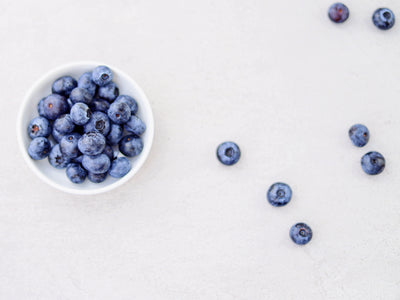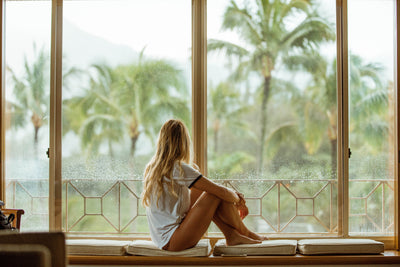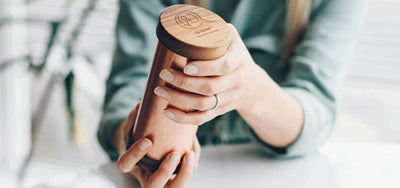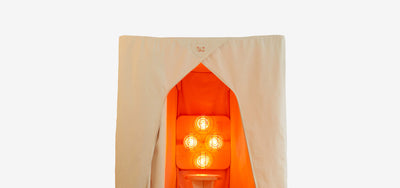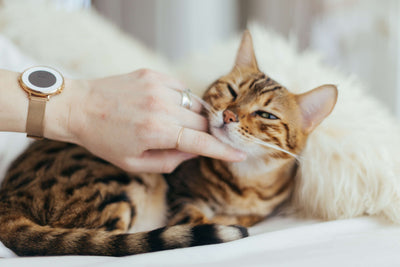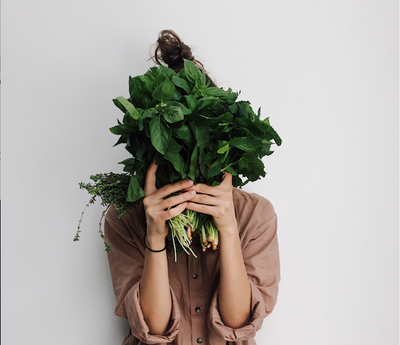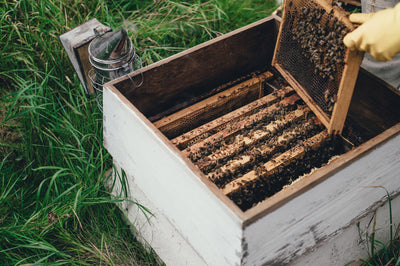How to Bring the Outside In
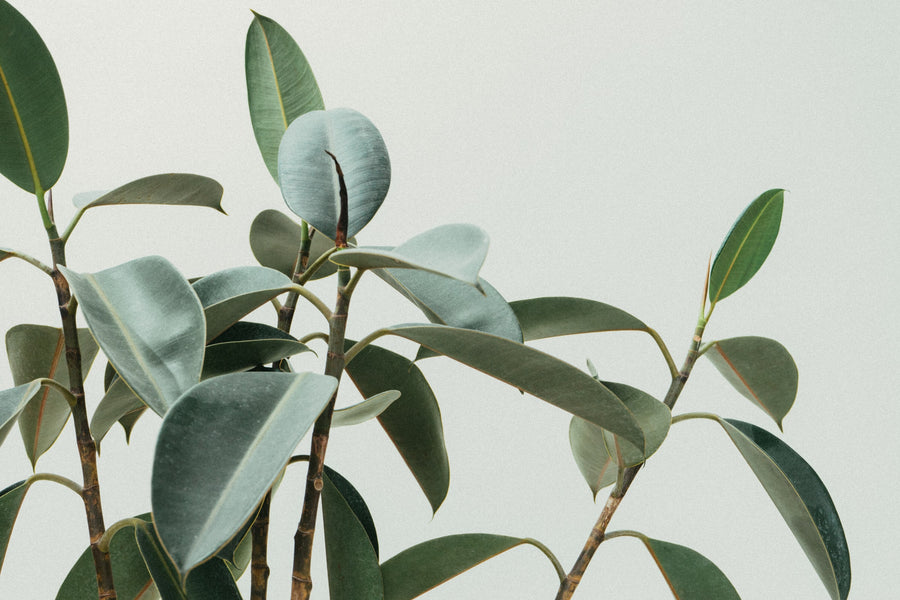
“In times of crisis”, announced (1) David Attenborough recently, “the natural world is both a joy and a solace. It produces the comfort that can come from nothing else”.
Anyone who has taken a moment to admire the pale puffs of blossom on the trees, or heard the rallying cry of the dawn chorus lately, will surely agree with him.
Being in nature answers our most intrinsic needs. It reminds us of our biological connection with other living things, and highlights the fact that we are part of something much bigger – giving us a sense of community, belonging and peace. So, how can we hold on to this sensation when we're indoors, and bring the benefits of nature in to our homes?
Create an Indoor Oasis
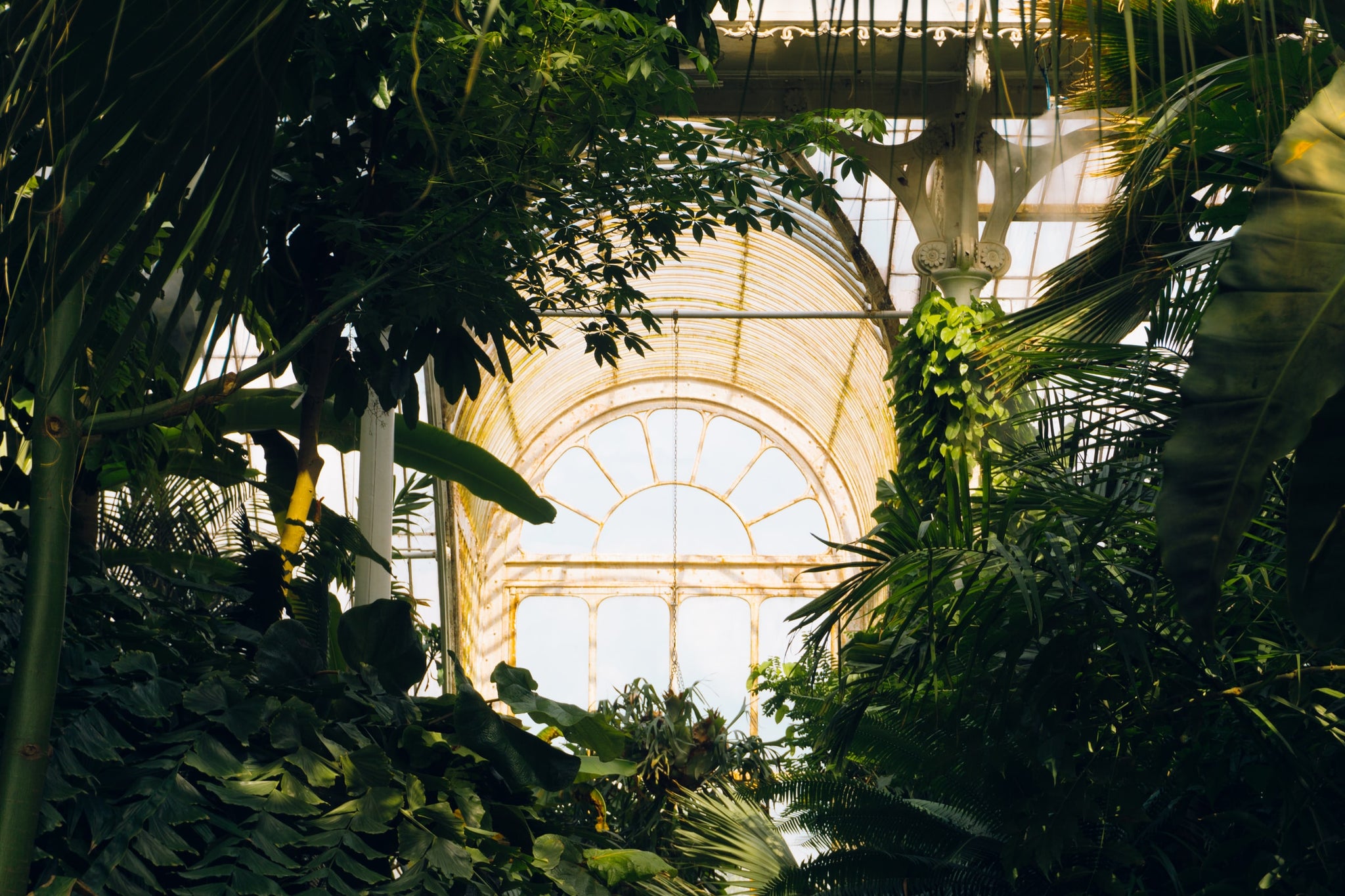
House plants offer the perfect opportunity to bring the benefits of the outdoors inside.
No new concept, written evidence shows the Egyptians were sprucing up their interiors with plants as far back as the 3rd century BC, and the ruins of Pompeii reveal indoor greenery was thriving over 2000 years ago.
Besides the lush colour and organic textures they introduce to a space, plants can also add energy, vitality and scent – not to mention the pollution-sucking, oxygen-pumping super powers they possess.
Plant lover and curator Tor Harrison, of Toro Studio, believes that (2) welcoming plants into our lives forces us “to become nurturing – they demand our care and I think that’s a really healthy thing.” “Once you start feeling the benefit of having plants in your workspace or home”, says Tor, you automatically “start tuning in a bit more to nature” in general.
And, with a magnificent array of species now available at the click of a mouse, however small or shady your space, it’s never been easier to experience the healing powers of nature from the comfort of your home.
From wall-hanging planters to humidity-hungry palms, potted succulents to shade-seeking ferns, there’s a plant out there for you.
Freddie Blackett, founder of online plant emporium PATCH, recommends tall species, (3) such as a palm or fiddle leaf, for “tight spots that are hard to decorate, like the corner of a room beside a sofa.”
For a “low maintenance, shade-tolerant” option, Freddie suggests trailing plants – great for adorning shelves, whilst “air-filtering greenery” such as mother-in-law tongue or snake plant is ideal for turning a bedroom into a calming “botanical haven”.
Hardy potted plants, such as succulents, can make an excellent alternative to table-top flowers for when bouquets are trickier to come by.
It’s advisable to water your plants every other day (just a little will do), as pots can dry out quickly indoors. If in doubt, have a feel of the soil. If it’s moist 2cm below the surface, it’s had enough water.
A note on mould…
Old or contaminated potting soil, overwatering and poor drainage can all encourage white mould to grow on houseplant soil. Natural anti-fungal soil treatment options include (4) cinnamon, apple cider vinegar and baking soda. Alternatively, move your plant (or take the potting soil) to a sunny spot to allow the ultraviolet rays to kill the mould.
Conscious Spaces founder, Tara Williams, says: “If you spot mould, I would always recommend re-potting with fresh soil. If you’re sensitive to mould, or have any autoimmune issues, ask someone else to re-pot, or wear a mask and do it outdoors to stop mould spores being released into your home. I also sometimes pour any cold leftover Pau D’Arco tea (which is a natural anti-fungal) into my house plant soil to make sure mould is kept at bay. This tops the water up too.”SHOP GREEN: Three great websites that deliver house plants to your door

PATCH
A cool and contemporary online plant shop that helps you discover the best plants for your space and hand-delivers them to your door.
Beards & Daisies
As recommended by The Daily Telegraph, Beards & Daisies sell beautiful indoor plants to make your house feel like a home.
Hortology
Hortology believe in the power of plants to lift the spirit, calm the mind and clean the air.
Start a kitchen garden: how to grow herbs for health
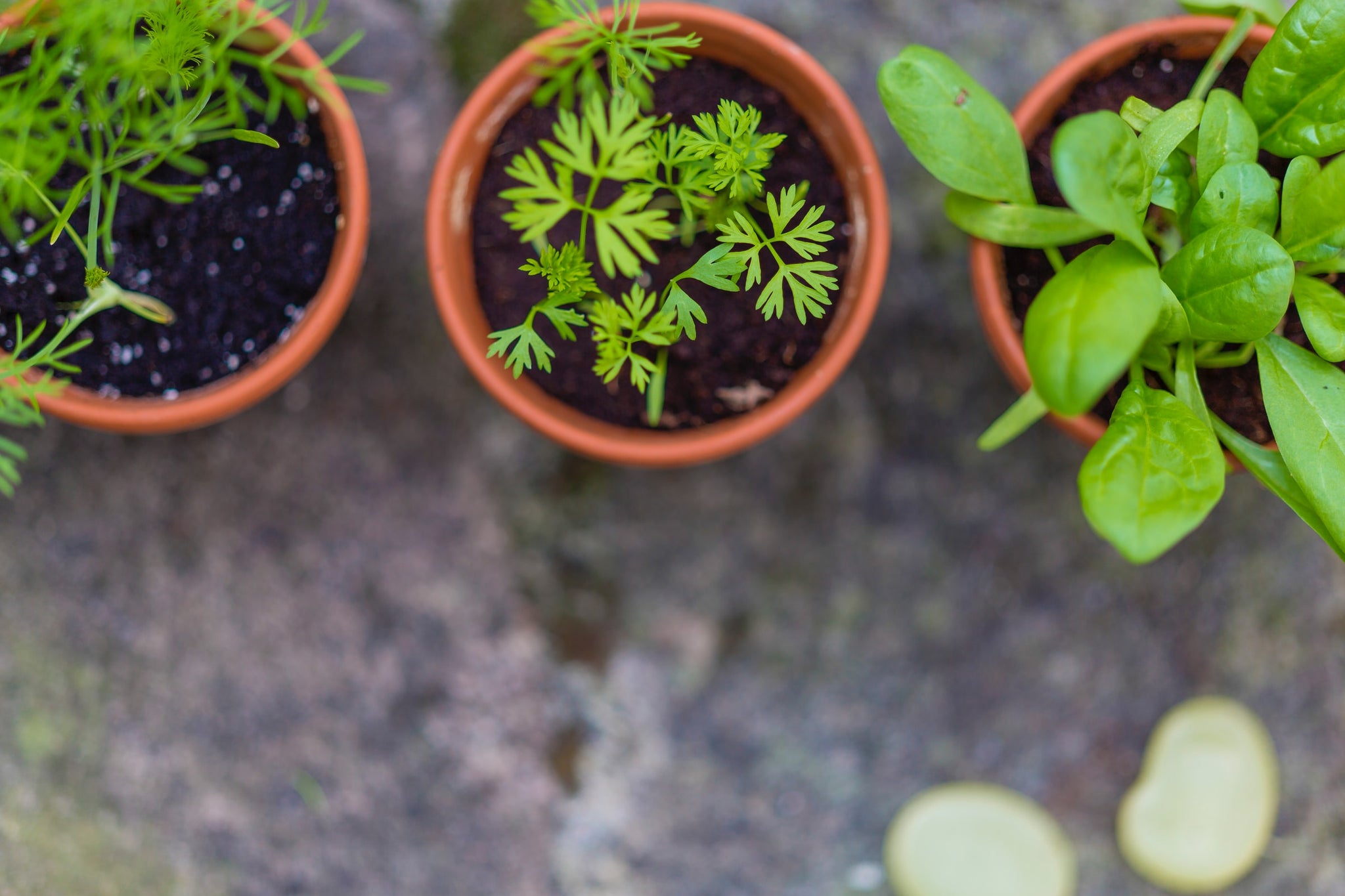
“Growing your own greens is always a good idea, especially in times like these when fresh produce can be hard to come by and we’re counting on our immune systems to be in fighting-fit condition”, says Tara. “Starting with something small and easy to manage, but nutrient-dense, like herbs, is a really simple yet satisfying way of contributing directly to your health, as well as livening up meals and bringing greenery into your space.”
“So many herbs have incredible health benefits”, says Tara. “Take coriander, for example, which is brilliant at helping the body to flush out toxins.”
No garden? No problem. All you need to start a home herb supply is a sunny windowsill and a small container.
Hardy herbs like oregano, chives, rosemary and thyme are ideal for beginners, and thrive in pots. Once you’ve got your green-fingers going, progress to planting coriander, parsley, chervil, dill and basil.
Paul West, author of The Edible Garden Cookbook and Growing Guide, (5) explains that a kitchen garden will also help to reduce food waste, as “when you have ingredients like herbs on hand, you only pick what you need, rather than buying a whole bunch for a few leaves and watching the rest turn into a green sludge in your drawer”.
If your house is lacking in natural light, farm-to-table restauranteur Palisa Anderson recommends (6) planting parsley or mint, as they “don’t need much light to photosynthesise due to their broader leaves.”
Try dobies.co.uk (who are still delivering during Covid-19) for interesting varieties.
Remember, if you’re growing organic, use ceramic pots instead of plastic, which can leach chemicals into the soil. To further reduce toxins, stick to metal watering cans, willow or bamboo canes and natural, undyed twine.
Attract birds to your balcony

The joyful sound of birds singing is guaranteed to uplift and comfort – with bird-watching proving to be a lifeline for people living in isolation.
“Listening to the birds can really get you into the moment and make you forget your worries”, says (7) National Trust bird expert, Pete Brash. “It’s comforting to see the natural world carrying on as normal at times like this.”
To make your own mini meadow (a magnet for birds, bees and insects), Country Living Gardening Editor Paula McWaters suggests (8) sowing wildflower seeds “on a balcony” or, if you have one; “in a corner of your garden.” Paula recommends seedball.co.uk for excellent “bee, butterfly, urban meadow and shade mixes”.
To entice feathered friends, try installing a bird feeder and loading it with tasty treats for peckish beaks. birdfood.co.uk offer everything from peanut cakes to sunflower hearts. Or, go DIY and make your own by coating pinecones in peanut butter.
In addition to an appealing lunch menu, it’s important to provide birds with a supply of water to drink and bathe in, with a simple bowl doing the trick nicely.
Why not go one step further and put up a nest box in a secluded spot to encourage birds to not only feed, but also breed, near your home? In mere weeks, you could be watching your very own nature reserve from your kitchen window.
Go foraging for greens in your own garden (or kitchen cupboard)
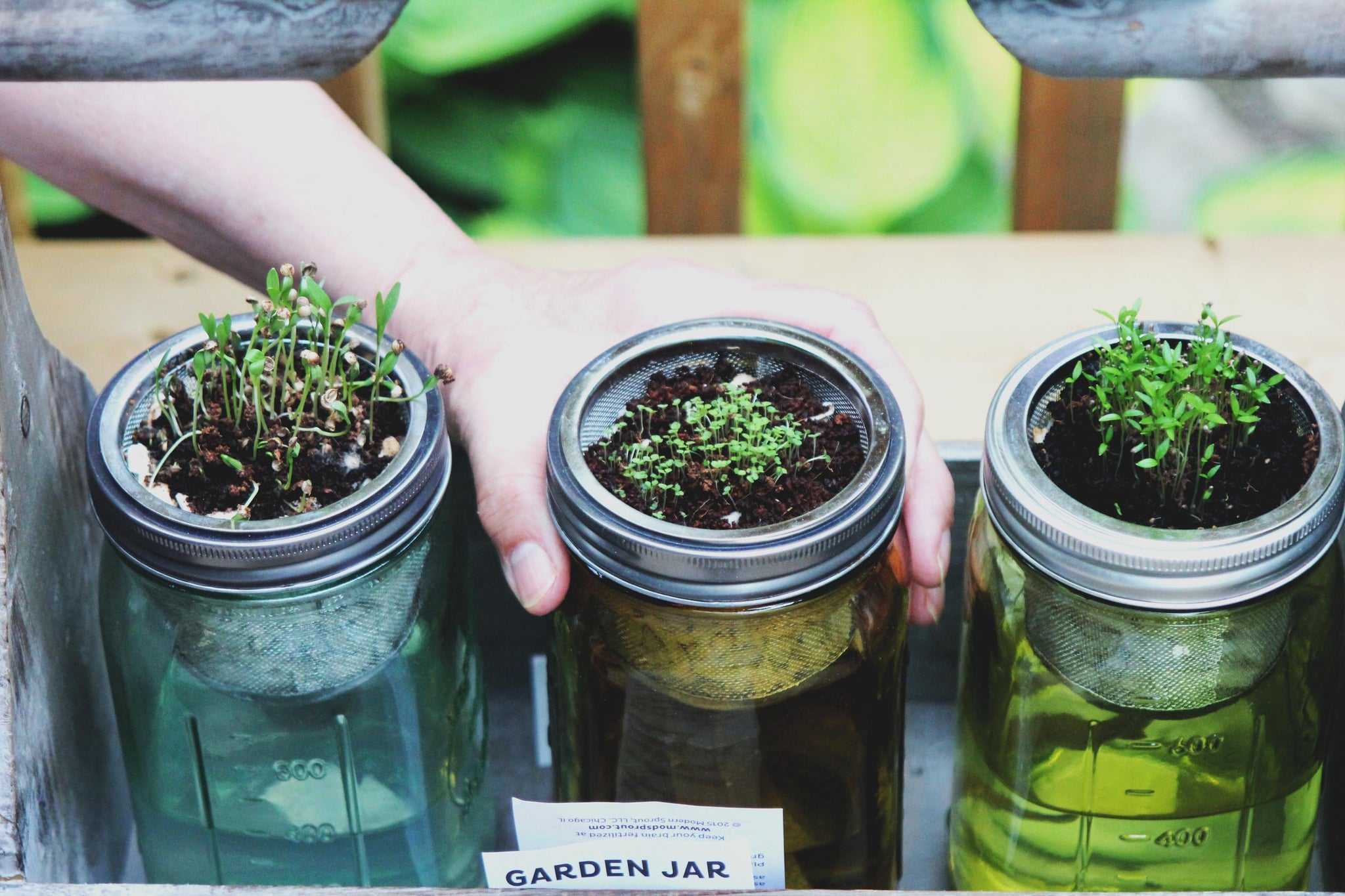
“Right now, your garden is already dotted with free food that is good for you.”
So explains (9) Alys Fowler, gardening expert and author of Hidden Nature. (10) “Getting your hands on nutrient-packed greens doesn’t require you to do any growing, just some weeding.”
From Bittercress (tastes like rocket), to chickweed (rich in vitamin C and a great alternative to lettuce), nettles (delicious as a revitalising soup) and dandelion (rich in potassium and tasty in salads), the health-giving greens you need could be hiding in between the pots and paving slabs of your back yard. (Of course, as with any foraging, it goes without saying that you’ll need to properly identify, verify and wash anything you pick before scoffing it!)
If you don’t have a garden, Alys encourages you to “check the back of your cupboard for something to sprout.”
“Dried mung, adzuki and soya beans, chickpeas, whole lentils, barley, rye, spelt, sweetcorn, kale, fenugreek, radish and mustard seed can all be used, as long as they are seeds suitable for eating (ordinary garden seeds may have been treated with chemicals so are not suitable).”
Sprouting will take one to five days, when you can eat the whole sprout raw – or cook with them in the same way you would dried pulses.
The ultimate small-space crop, microgreens (edible immature greens, harvested with scissors less than a month after germination) may be tiny, but they are packed full of antioxidants. In fact, broccoli sprouts have been clinically shown (11) to enhance detoxification of airborne pollutants. Rocket, radish, broccoli and any other brassicas are among the easiest and most nutrient-rich microgreens to grow. All you need are some seeds, compost and a small container.
ROOTED IN SCIENCE: the proven health benefits of bringing nature closer to home
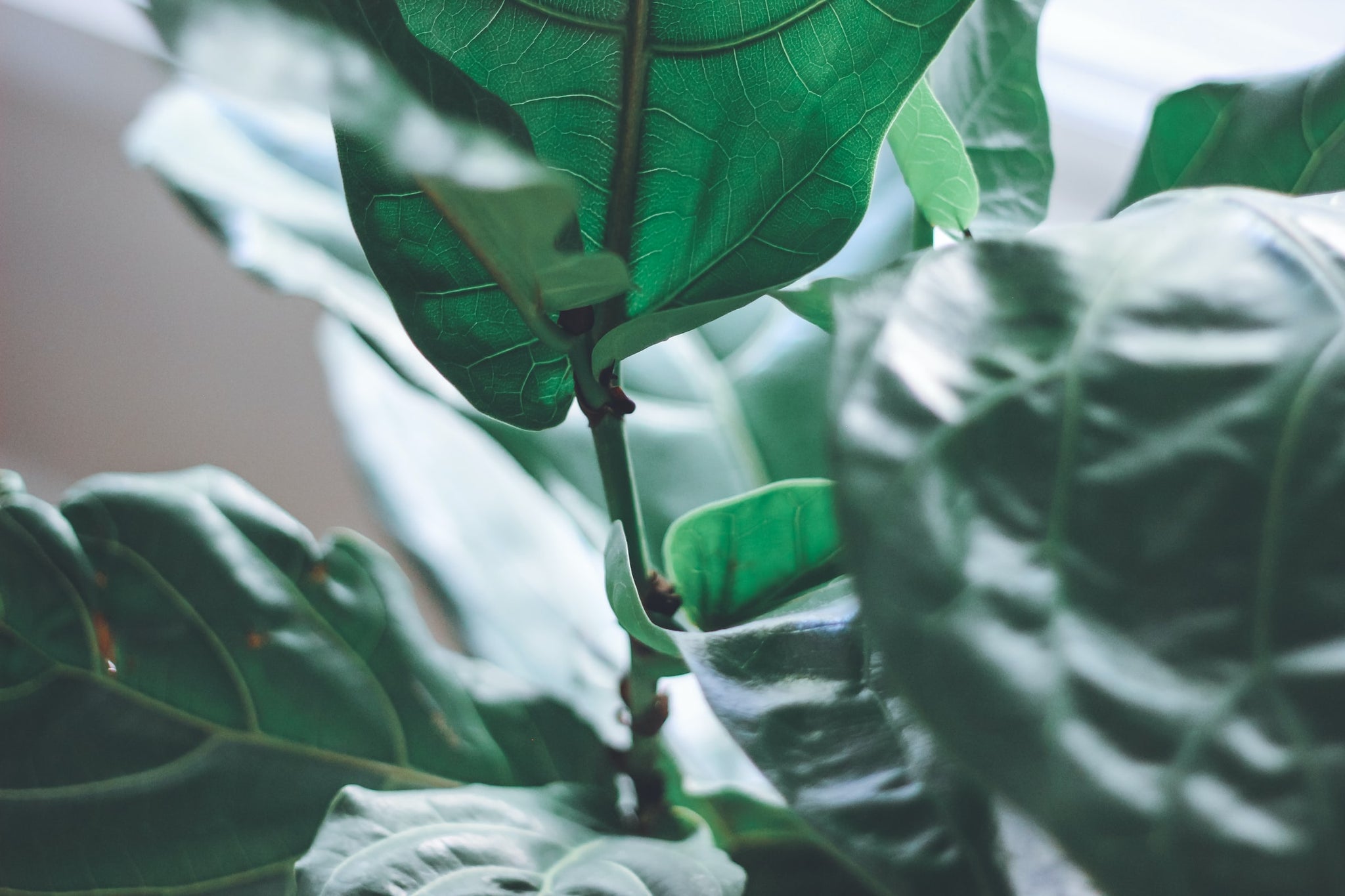
Nature gives office workers green-tinted glasses
Data from 450 participants (12) demonstrated that those who worked in offices with the ‘greenest’ views and most indoor plants consistently scored higher for job satisfaction and overall quality of life.
Our psycho-evolutionary attraction to nature
A landmark theory (13) suggested that humans feel a genetic bond with nature because it’s historically a place of survival and life-giving resources (food, water, shelter from plains, rivers and forests).
Being immersed in nature improves mental wellbeing
A 2009 study (14) found that any exposure to nature – but especially taking a 15-minute walk in a natural setting - significantly boosted happiness, improved attention span and resulted in a better ability to deal with life problems.
Access to greenery could help protect children against stress
According to an environmental psychology study, (15) nature in or around the home is a significant factor in protecting the mental wellbeing of children (particularly those living in poor urban areas).
Flowers really do lead to a speedier recovery
Research shows (16) that flowering plants in hospital rooms have therapeutic benefits for patients, including lower blood pressure and reduced pain, anxiety and fatigue.
Indoor plants enhance productivity
Studies show (17) the presence of plants in indoor settings can help people to concentrate better on difficult mental tasks, whilst also allowing for wider-ranging, more creative thought.
Click to learn more about Conscious Spaces home consultancy services

References
(1) https://www.independent.co.uk/news/uk/home-news/coronavirus-news-uk-david-attenborough-nature-a9433231.html
(2) https://www.seasaltcornwall.co.uk/blog/07/2018/introducing-tor-harrison-founder-of-toro/
(3) https://www.made.com/inspiration/maximise-your-plant-growing-space-patch-tells-us-how
(4) https://smartgardenguide.com/how-to-get-rid-of-mold-in-houseplant-soil/
(5) https://blackwells.co.uk/bookshop/product/9781760558109
(6) https://www.theguardian.com/lifeandstyle/2020/mar/21/go-to-ground-amid-coronavirus-how-to-grow-a-living-pantry-to-eat-this-winter
(7) https://inews.co.uk/news/environment/birdwatching-spring-best-time-ever-listen-birdsong-robins-tits-chiffchaff-2519702
(8) https://www.countryliving.com/uk/homes-interiors/gardens/a31805148/things-to-do-garden-self-isolation/
(9) https://www.theguardian.com/lifeandstyle/2020/apr/04/alys-fowler-fresh-greens-hard-to-come-by-grow-your-own
(10) https://www.waterstones.com/book/hidden-nature/alys-fowler/9781473623026
(11) https://www.ncbi.nlm.nih.gov/pubmed/24913818
(12) https://www.researchgate.net/publication/288753443
(13) https://www.researchgate.net/publication/232542780
(14) https://www.researchgate.net/publication/238428905
(15) https://journals.sagepub.com/doi/10.1177/00139160021972793
(16) https://www.researchgate.net/publication/279895582
(17) https://www.sciencedirect.com/science/article/pii/S0272494409000413#bib63




